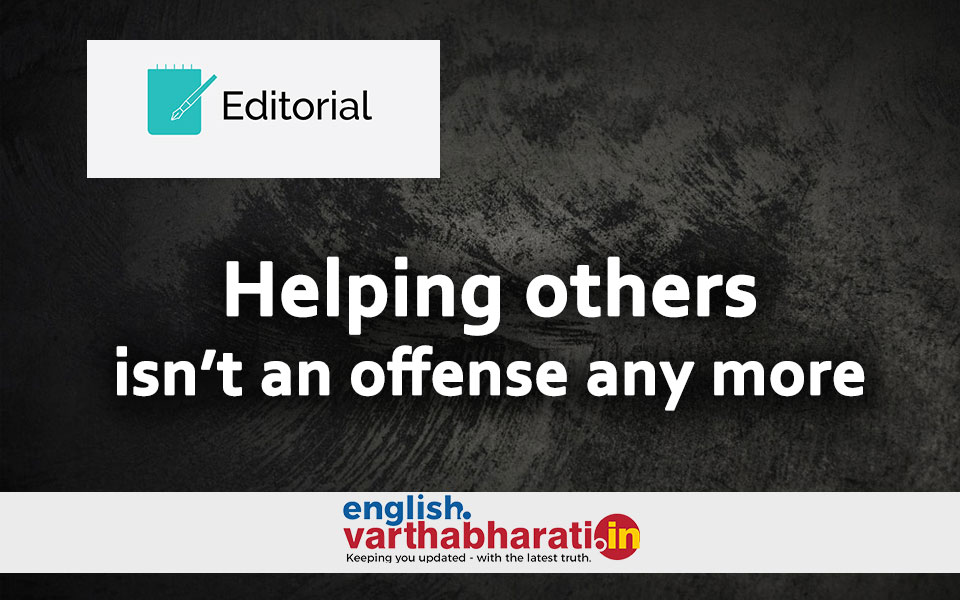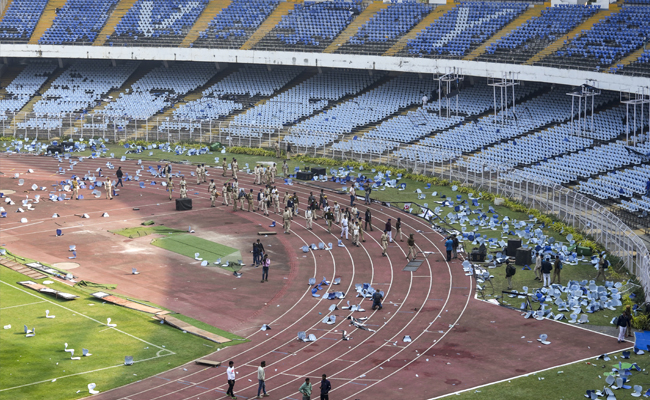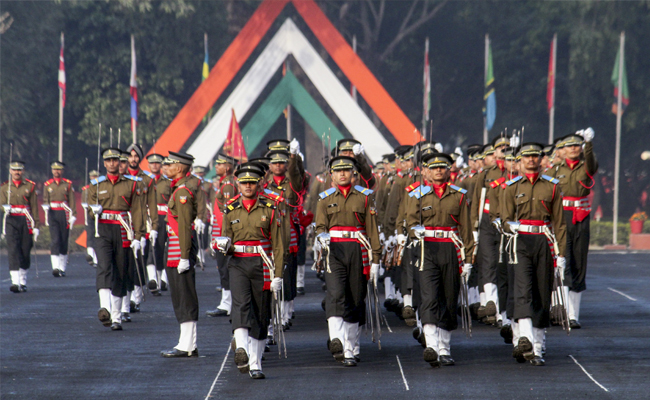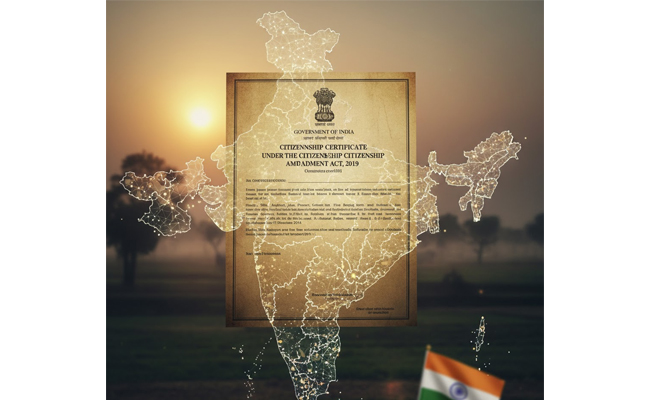More people die in road accidents than in wars. Highways are the death beds. And India is known for its killer roads. Tragedy is, one need not be in a vehicle or drive one to be an accident victim. As per the data available, on an average 56 pedestrians die every year on or by the roads. This number has increased manifold from 2014 to 2017, by a good 66 per cent. Number of vehicle commuters who died on the roads are even higher than this. More than a lakh and half people died on the roads in 2016 in about 5 lakh accidents.
The main reason for post-accident deaths is not the nature of the injury or the breaking of traffic rules, but the delay or non-availability of medical care for the injured persons. Since emergency care is almost unavailable, most injured die before they are taken to the hospital or even before treatment commences. Though some people would like to help the injured, they feel discouraged because they would be forced to appear in court to give testimony of the accident or the aftermath. The long drawn legal process where they’d be made party just because they played the good Samaritan would be of most harrowing experience in today’s world. In a way, deaths are increasing in today’s world owing to the defeat of humanity.
Karnataka govt has initiated a very significant step in this direction. President Ram Nath Kovind has given assent to a bill that would ensure legal protection to the good Samaritans in the state who help accidents victims with emergency medical care within the 'golden hour'. Named the Karnataka Good Samaritan and Medical Professional (Protection and Regulation during Emergency Situations) Bill, 2016 this would also keep those who come to assist the injured from being involved in a legal tangle or be expected to repeatedly visit the police stations over their good act. This would help people come forward to help people who may be lying injured in need of immediate help. Because to watch a person die on the road is the most painful experience for anybody who would like to help.
To blame people of being inhuman is not the complete truth. People hesitate from helping because they fear they’d be caught in an endless legal battle of having to appear in court or give their statement at the hospital and police station (repeatedly) over a medico-legal case involving road accidents. The others who never initiate to help the injured would be busy recording the whole thing on their mobiles and releasing it on social media to get more views and traffic to their video. The good Samaritan suffers at the end. There are cases of people taking the injured to a few particular hospitals of their preference and then fleece the injured of their money. They work hand in glove with private hospitals to ensure the accident survivor is not taken to a government hospital but to a private one to aid business to the agencies. One should not be surprised to see police sharing this network nexus with fleecing parties.
The new bill supports genuine souls who would want to get the injured to hospital and stay free from legal tangles. Earlier, those who rushed the injured to the hospital would have to wait till the police arrived on the scene to record their statement. They had to give their phone number and address. Now this bill would enable the helper to leave at his convenience, liberating him from the compulsions of having reveal his address or wait till the police arrive. More than anything else, the state government would help the good Samaritan with some financial benefits for his humane act. If he/she is required to appear in the court, their costs would be covered for that time. This will, most certainly, bring down the number of deaths that happen due to non-availability of medical help during the golden hour. And it is indeed a proud moment for the state since Karnataka would be taking the lead in this. Ours is the first state to introduce the bill among all other states in the country.
Like in most cases, Karnataka has taken a step towards saving lives by way of ensuring law aids this, and does not block the possibility of saving lives. Way to go!
Let the Truth be known. If you read VB and like VB, please be a VB Supporter and Help us deliver the Truth to one and all.
New Delhi (PTI): Three members of a family were found dead inside their home in southeast Delhi's Kalkaji on Friday, with police suspecting it to be a case of suicide, officials said.
Police said the incident came to light around 2.47 pm when a police team reached the premises to execute a court order related to possession of the property. When repeated knocks went unanswered, the staff used a duplicate key to open the door.
Inside, officers found Anuradha Kapoor (52) and her sons, Ashish Kapoor (32) and Chaitanya Kapoor (27), hanging from the ceiling, Deputy Commissioner of Police (Southeast) Hemant Tiwari said in a statement. All three were declared dead.
A handwritten note was recovered from the room, suggesting the family had been struggling with depression.
"The handwritten note indicates emotional distress faced by the family due to which the family may have taken the extreme step," the officer said.
The bodies have been shifted to the All India Institute of Medical Sciences (AIIMS) mortuary for post-mortem and other legal formalities under Section 194 of the Bharatiya Nagarik Suraksha Sanhita (BNSS), police said.
Residents of the neighbourhood said they were shocked to learn about the deaths, adding that the family kept largely to themselves.
Pankaj Kashyap, a resident of Girinagar, said he learnt about the deaths while leaving for work. "I live and work here and was leaving for work when I saw many people standing outside and talking. That is how I got to know that three people had committed suicide. I also saw several police vehicles outside, but I do not know much beyond that," he said.
Baldev, another neighbour, said the family had been living in the newly constructed house for around two years. "We only knew that a mother and her two children lived there. They had moved into the newly built house around two years ago. We did not interact much with them. Today we heard that all three have committed suicide, and whatever we know is based on what people here are saying," he said.
Another neighbour, Ramesh Kumar, claimed the family had earlier attempted suicide.
"About fifteen to twenty days ago, the two sons in the family had attempted suicide and police and ambulances had come. That was when I first got to know who they were. I do not recognise them by face, but we saw the ambulances and police take the two sons that day. Today again we saw ambulances and police arriving, so everyone came out to see what had happened. I do not know how long they had been living here, but this is all we know," he said.
Police said they are examining the family's financial condition, social circumstances, and other factors that may have contributed to the incident. Further investigation is underway.





